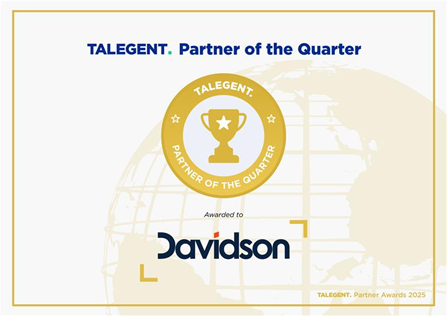The C-Suite Factor—Engagement is the new Retention
We've all heard of the 'X' factor, but what about the 'C-Suite' factor? And how important it is to building Employee Engagement and ultimately Retaining Talent?

The latest data from the ABS shows that 1.3 million people changed jobs during the year ending February 2022—at 9.5% the highest job mobility rate since 2012—and the trend is upward. Of that mobility rate, 22% were professionals.
SO, WHAT'S THE KEY TO STEMMING THE TIDE?
Employee Engagement. It’s a term that is increasingly bandied around, but what is it? Simply put, it’s an enthusiastic and well-intentioned two-way commitment by both employee and employer to contribute more than their job description, not out of obligation but out of a genuine desire to do so.
It includes everything from the hiring experience to the software systems used, the office location, the transparency and openness with which decisions are communicated and even the availability (or not) of tea and coffee in the kitchen. Is it different from Employee Experience? Yes. Think of the employee experience as the journey an employee takes from onboarding to exit. The quality of that journey is the employee engagement.
In Anthony Grey’s experience, Executive Search and Advisory Partner at Davidson, ‘A leader that can foster and build an environment that is conducive to furthering discretionary effort from individuals, is what separates good from great teams and organisations.’
EMPLOYEE ENGAGEMENT IS ONE OF THE STRONGEST MEASURES AVAILABLE TO ORGANISATIONS TO PREDICT EMPLOYEE TURNOVER.
It is astonishing then to read that according to the Future Forum Pulse (a survey of 10,569 knowledge workers across the U.S., Australia, France, Germany, Japan, and the UK) that most executives (66%) report they are designing post-pandemic workplace policies with little to no direct input from employees.
And the greatest divide seems to be flexible work practices. Responses show ‘that employees are more than four times more likely than executives to want to work remotely full time. And yet the data also shows that the majority of executives are building return-to-the-office plans that favour the perspective of the C-suite over what employees say works best for them.’
Forget the ‘Great Resignation.’ Perhaps the true issue lies in the ‘Great Mismatch.’ That is, the level of resistance to returning to the office and battling the daily commute and the quality of the engagement in architecting a level of flexibility to meet both employee and organisation needs.
Want to speak to a trusted expert on designing an engagement strategy to improve retention? Contact us today.
Share this content






